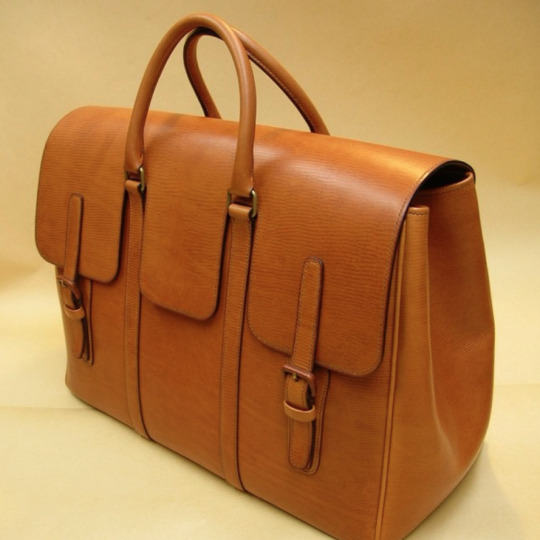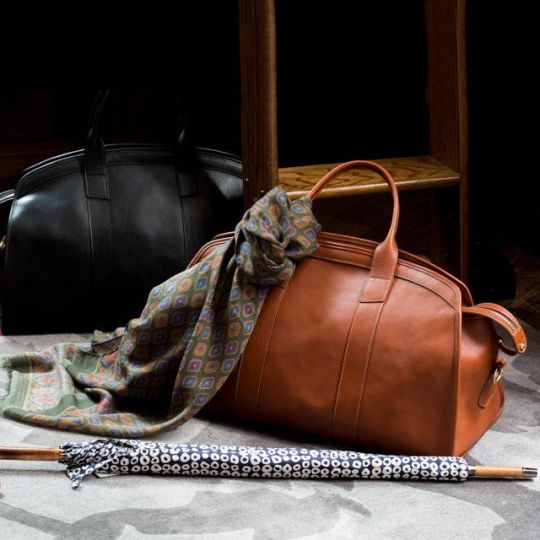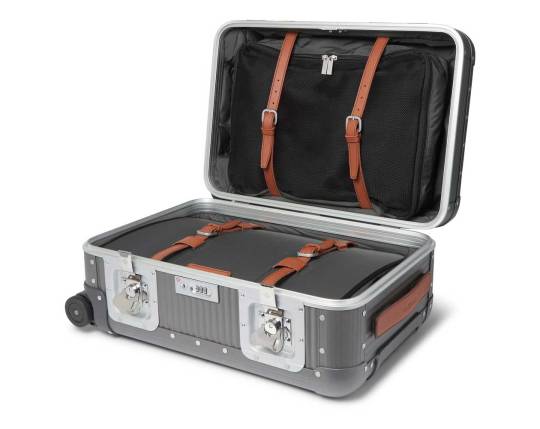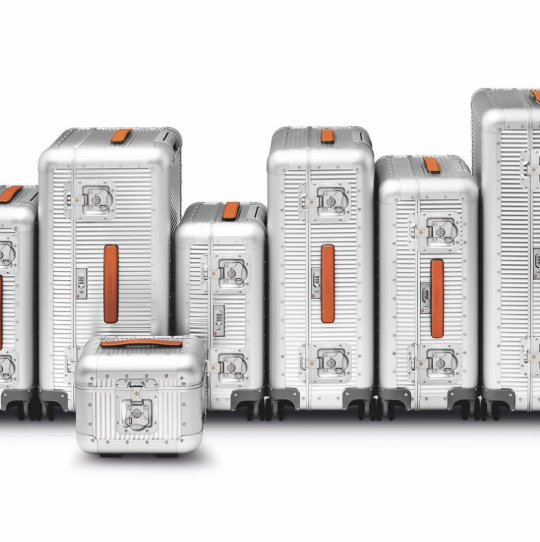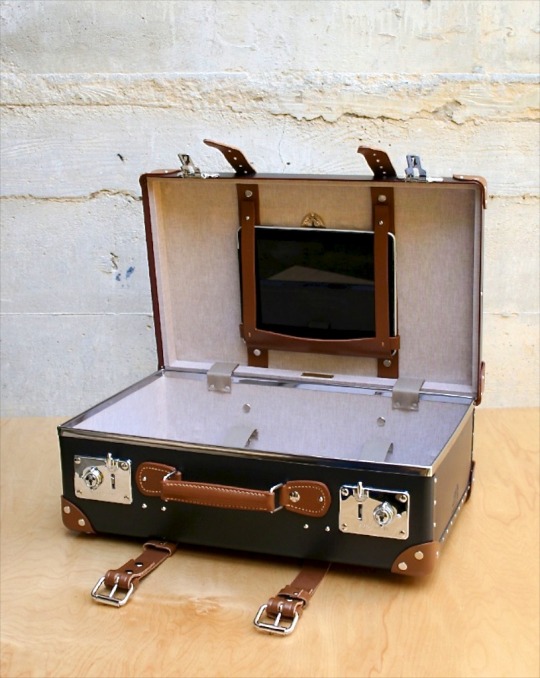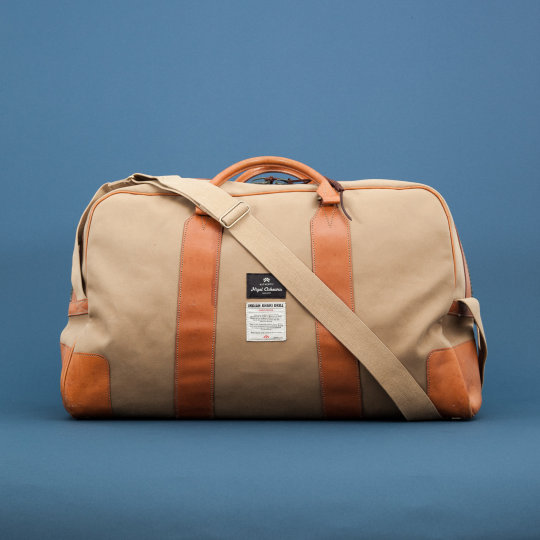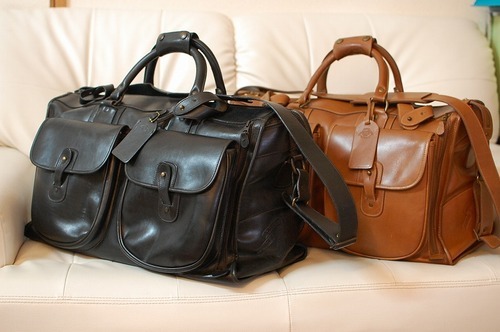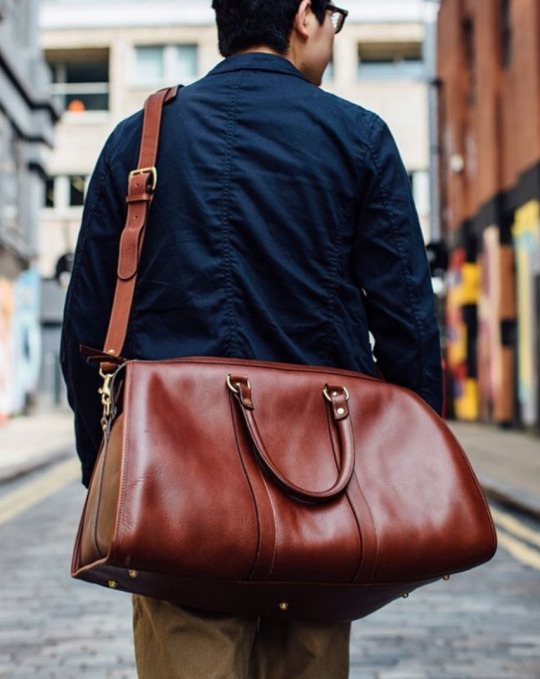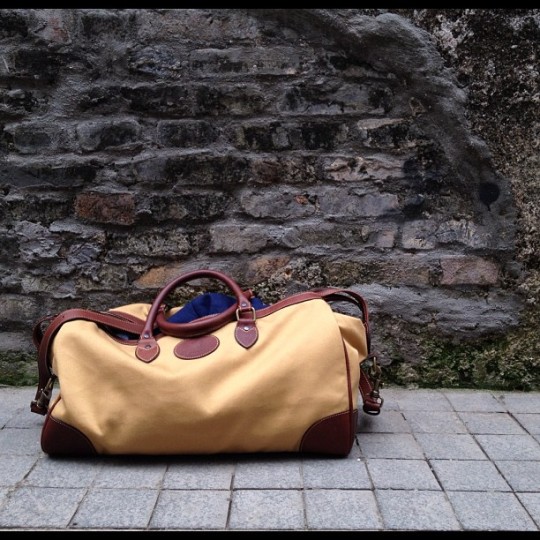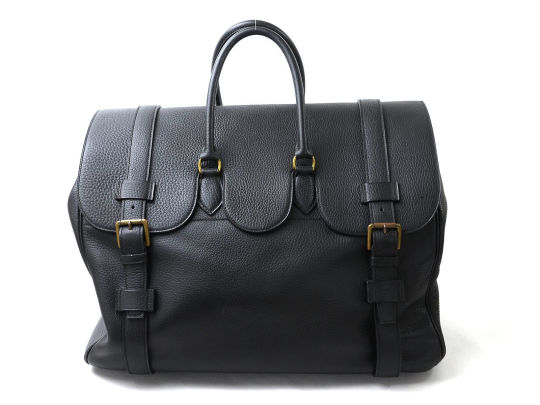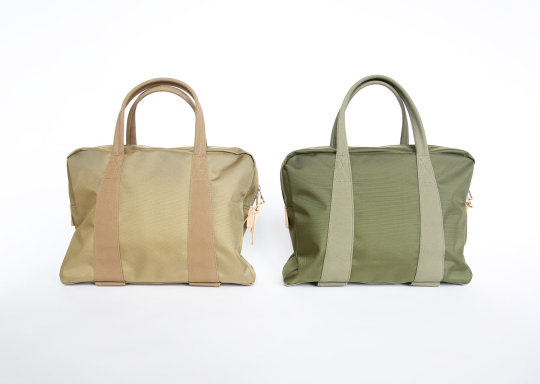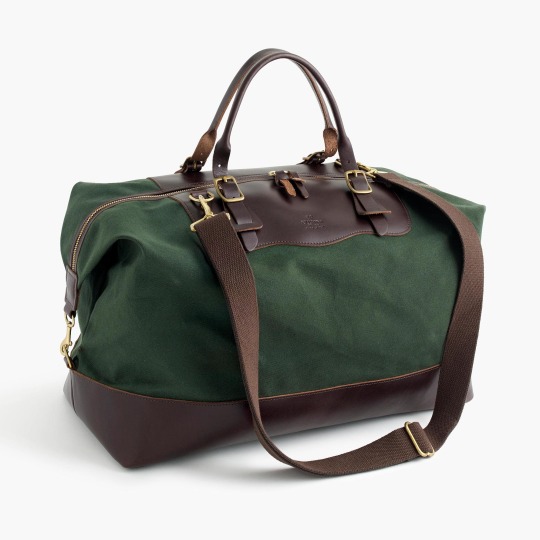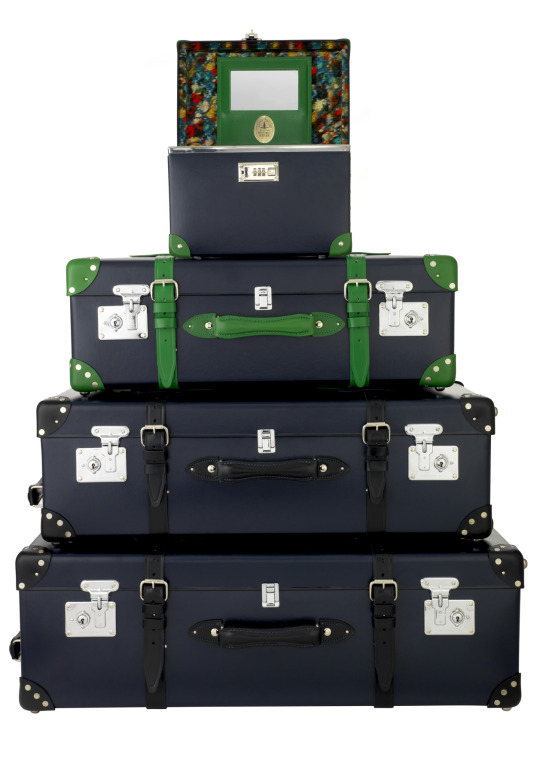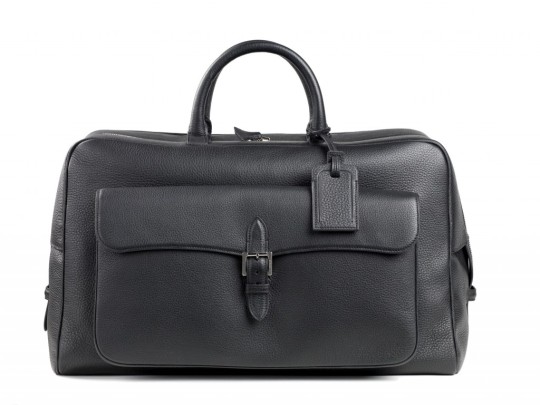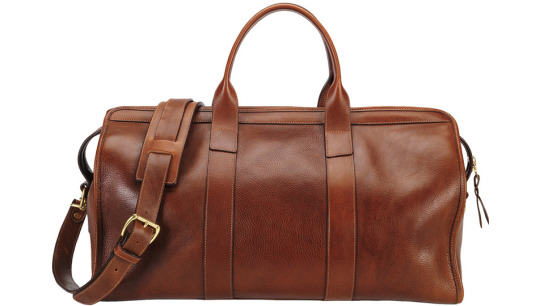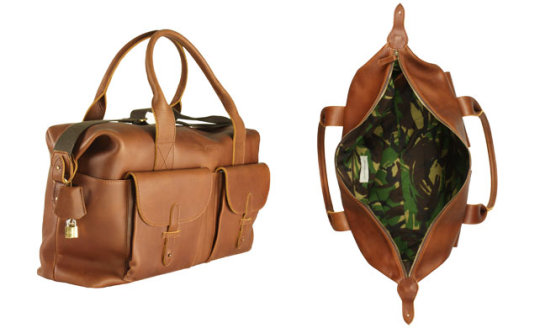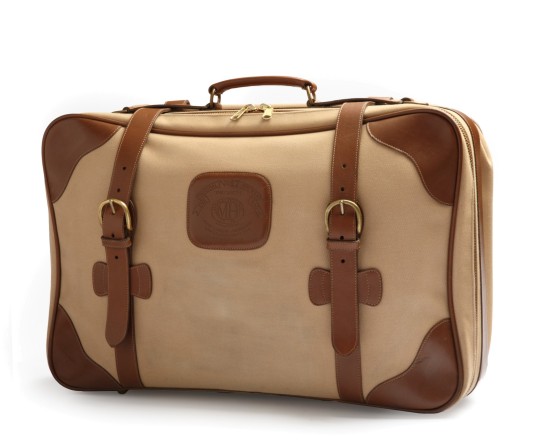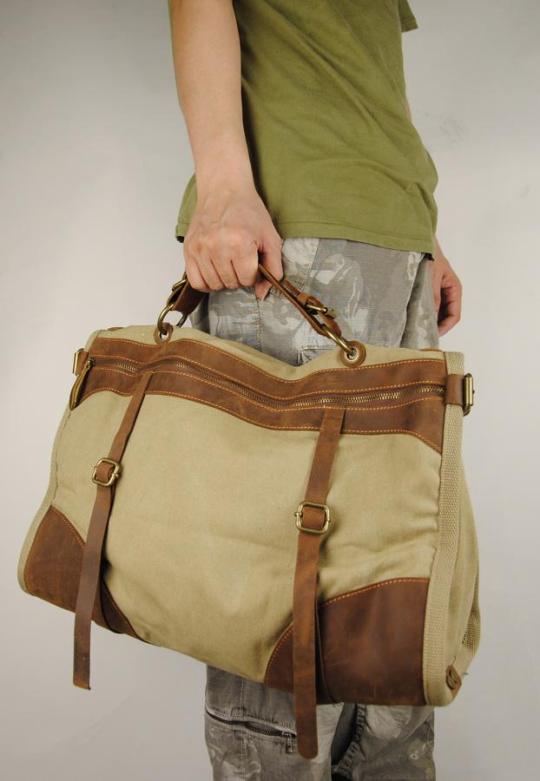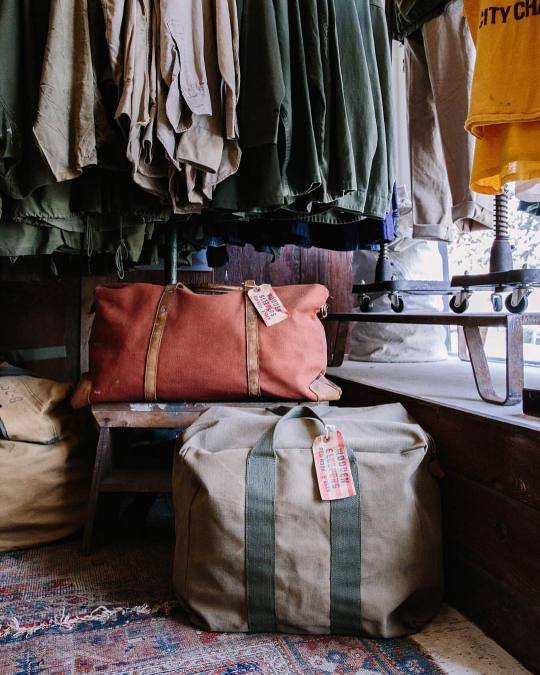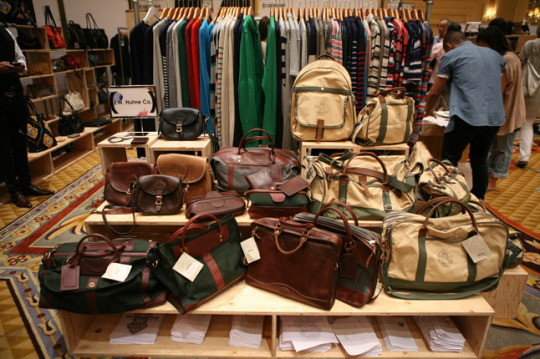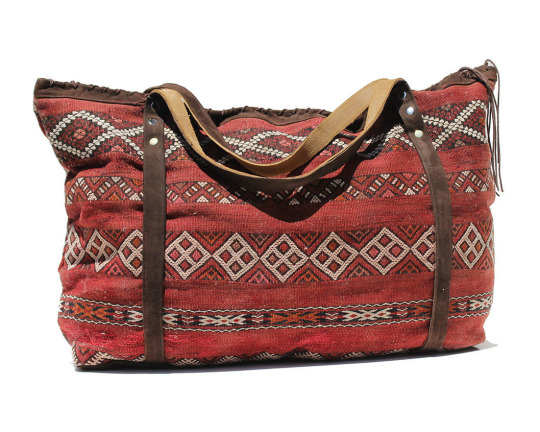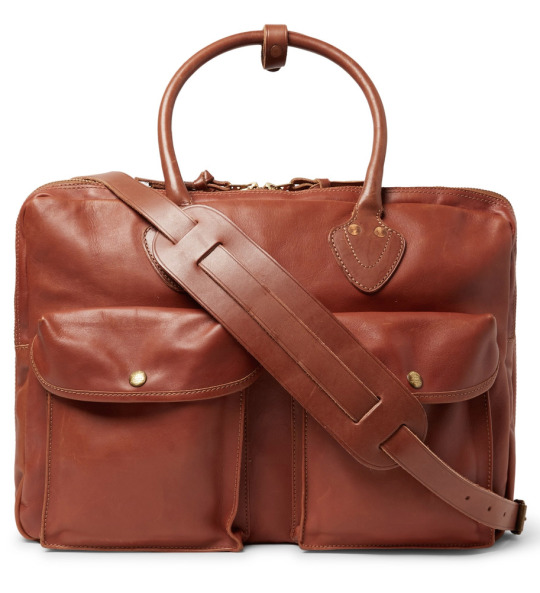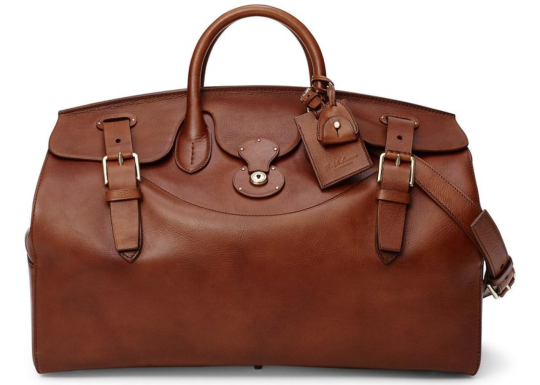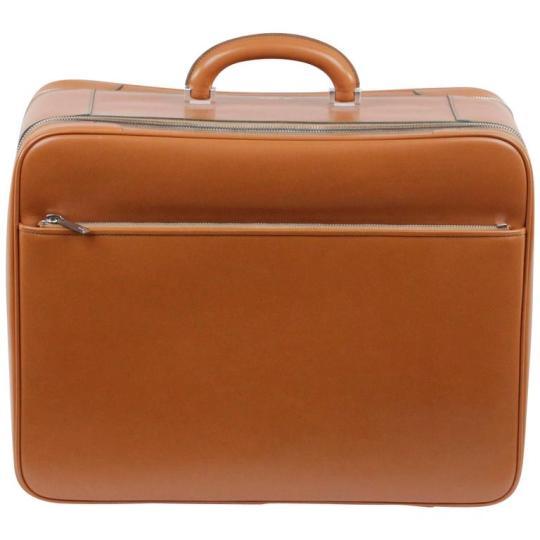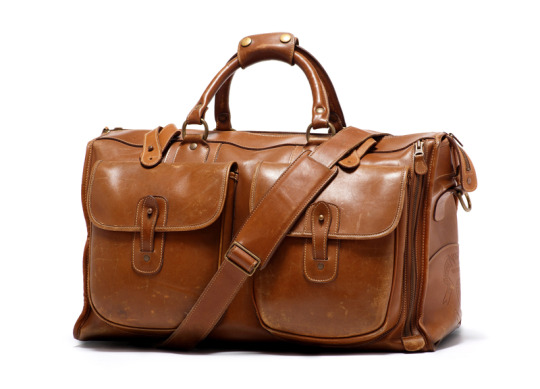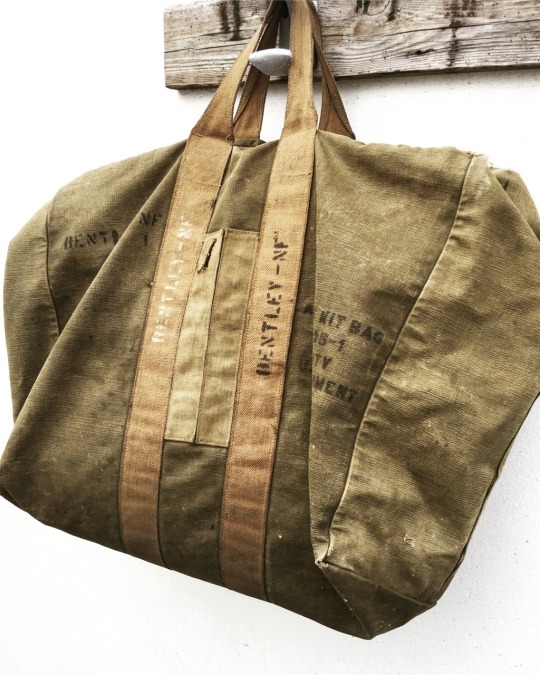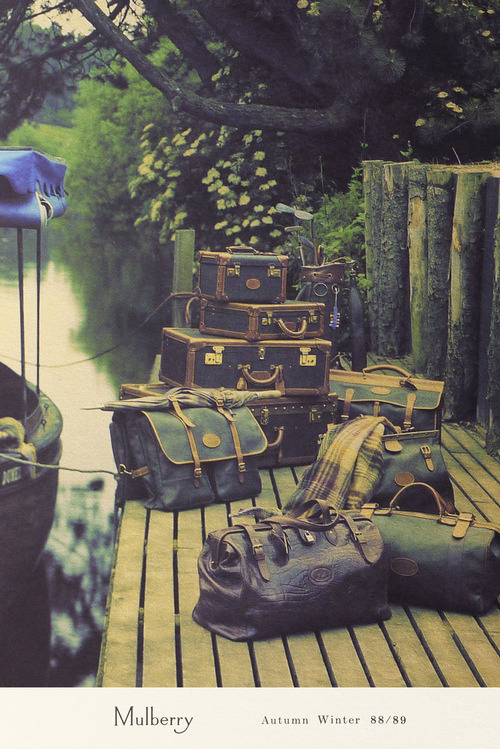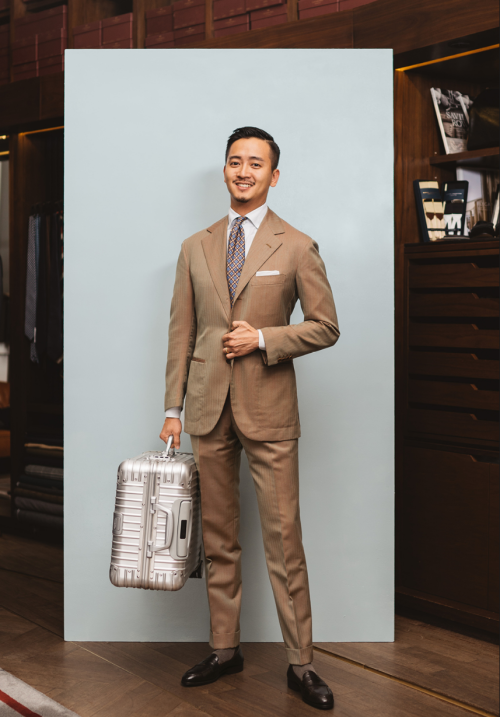
Traveling can be rough, especially during the holidays. Last year, I decided to treat myself to some Rimowa luggage – suitcases built on four wheels that I can easily roll through airports when trying to catch a flight. Airports are often harried and stressful places, but I figured I can make the experience a little better with good luggage.
For all the online articles about luggage, surprisingly few focus on both form and function. It’s not hard to find posts about various features – the spacious pockets and smart technologies – but many suitcases, frankly, are kind of ugly. You can get bags nowadays that will weigh themselves and give you GPS tracking anywhere in the world, but few that will do the simple job of looking good. That said, if you’re curious about some of the more innovative designs that have come out in the last few years, just browse YouTube. Some are interesting, some really interesting, and some outright bad.
One of the inherent problems with luggage reviews is that few people, including me, have enough experience with different brands to give a comparative perspective. Doing so means testing out enough models across a range of price points, as well as flying frequently enough to put a piece of luggage through the paces. I’ve flown with my Rimowas a little more than half a dozen times now. Not enough to give a meaningful review, but enough to confirm everything I’ve heard is true.
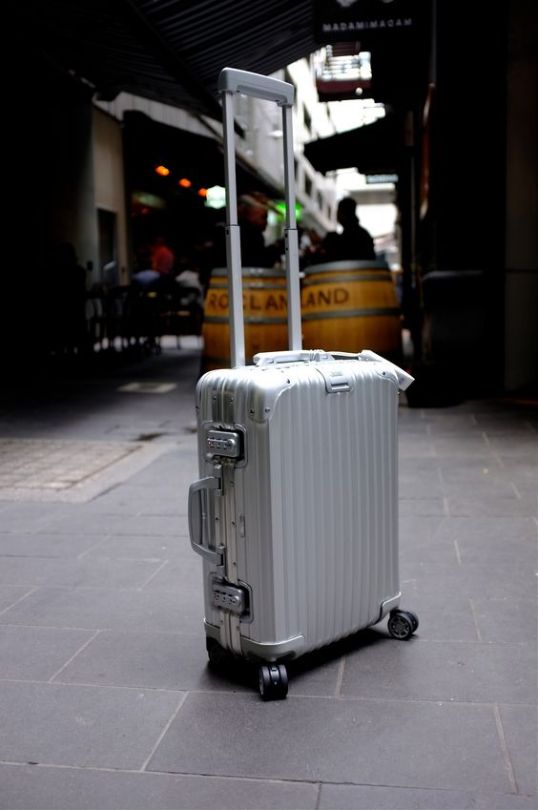
Some of the things here will be obvious. Rimowas are beautifully designed, with modern sensibility that’s classic enough to look good twenty or thirty years from now. The aluminum cases dent and scratch easily, but much like a good pair of shoes, they look better with age. These are best when they’re not treated as precious cargo, but rather as functional luxury items. (A note: everyone buys a Rimowa thinking it’ll be an uncommon piece of luxury, but once you own one, you’ll notice everyone at the airport has one too).
Much of what I’ve found with my Rimowa, however, isn’t even particular to the brand. They’re mostly dimensions that I think are true when shopping for any piece of luggage. More than smart electronic features and unusual designs, good luggage comes down to weight, material, and wheel systems.
Pay Attention to Weight: Unless you only fly first class, it’s important to think about your luggage’s weight. When shopping, aim something that weighs less than twelve or thirteen pounds. Doing so will keep you away from having to pay penalties when you accidentally over pack. Rimowa, in this regard, is great – their aluminum Topas is surprisingly light, but durable, with the polycarbonates lighter still.
Think About Material: Suitcases can be either soft- or hard-sided. The first is cheaper, but I think often less stylish. On the upside, their flexibility means you can pack more when you need, and they can be squeezed into tight spaces (think overhead bins and car trunks). Hard-sided cases, on the other hand, will protect your belongings better, but they’re less forgiving. Believe me when I say you’ll struggle to close a hard-sided case when it’s packed to the brim. That alone is a good reason to think about what size you need if you’re shopping for hard-sided luggage.
Additionally, hard-sided cases are typically made from either aluminum or polycarbonate. Aluminum is the more handsome of the two, but it dents easily and sometimes the upper and bottom halves can become misaligned, making it hard to close the bag. Polycarbonates are flexible enough to bounce back, which means they’ll never dent, but in extreme cases, they can crack.
Decide on Wheels: I can’t imagine buying luggage without wheels, it’s just a question of whether you want two or four. Two-wheel systems are often made from larger, softer wheels, which roll easily over cobblestone streets and rough roads. Four-wheel systems, however, are nimbler and easier to push, but they rattle like crazy over anything except smooth indoor floors. They’re also more often exposed, which means they can break during transit. George Wang of BRIO once jokingly told me that he thinks airline employees throw Rimowas a little harder when loading cargo. That would explain why so many people find them with broken wheels upon arriving. Either Rimowa or the airline should be able to fix those for you for free, but it’s a hassle. Nonetheless, I favor four-wheeled spinners over two-wheeled luggage – they’re just easier to move.
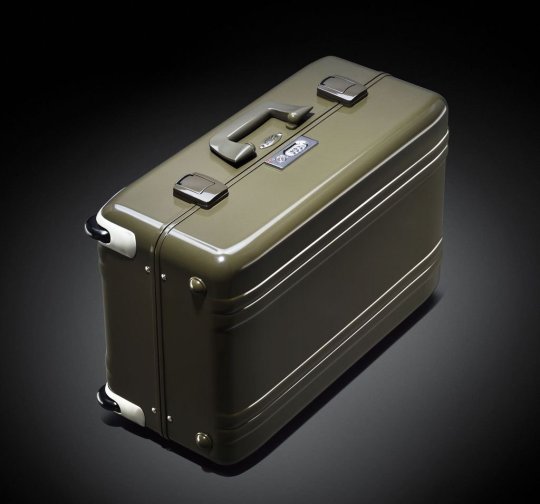
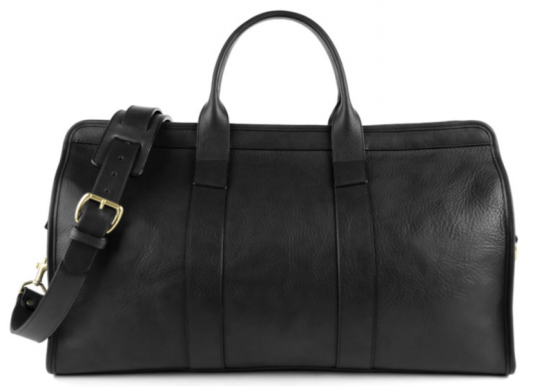
I have four pieces of luggage – a Rimowa Topas for my carry-on, a Rimowa Salsa for check-in, a Brooks England Pickwick backpack for lightweight carry, and a Frank Clegg Leatherworks black tumbled leather bag for something bigger. The Rimowas have held up great so far, and I love how they look (I admittedly mostly bought them for their style), but they’re hardly the only luggage company worth considering.
If you’re looking for soft-sided luggage, it would be hard to do better than Briggs & Riley. Their designs won’t win any style awards, but they’re handsome without drawing attention to themselves. Useful, I think, if you’re worried about your luggage getting stolen. And most importantly, all of their bags come with a lifetime warranty – something I wish Rimowa offered. For an alternative, check Filson, who makes handsome roller duffles that complement more casual and rugged wardrobes.
For hard-sided luggage, sometimes I wonder if I should have gone with Zero Halliburton’s classic aluminum cases. The olive one, pictured above, looks especially nice (Monocle has something similar with Rimowa, but in polycarbonate). Zero Hallburton’s ZRO series, however, is more affordable and, at the moment, on sale. Fabbrica Pelletterie Milano also looks terrific, with a ridged design that looks similar to Rimowa, but is more distinct. Like everyone, I once considered Globe Trotter for their old-world aesthetic, but I think they go less well with casualwear.
The luggage market has never been more crowded, which means you can also find handsome suitcases for not too much money. Raden, Arlo Skye, and Away have gotten a lot of press over the last couple of years for their designs and affordability. Muji has some nice looking pieces, although Agyesh at Stoffa tells me he finds they’re not terribly durable. Lastly, there’s Crash Baggage, which amusingly comes pre-dented. Maybe not something I’d buy, but something that’d make me smile if I saw it.
All those companies sell matching carry-ons for your check-in luggage, but you can try any number of companies for smaller bags. Brands such as RRL, JW Hulme, Orvis, and Filson make the kind of designs that complement rugged, workwear-inspired wardrobes. Their heavy-duty cotton-canvas bodies and thicker leather details go nicely with bomber jackets and jeans. If you want something more refined, try Stoffa, Glaser, Tramontano, Calabrese, Troubadour, Paravel, and La Portegna. I like Chapman, Ghurka, and Frank Clegg Leatherworks as kind of do-alls – styles that will go with any wardrobe, whether tailored or causal. The Armoury also has an exclusive design with Frank Clegg that allows you to slide a briefcase through a carry-on’s telescopic handle, securely holding it in place. Vocier and Bennett Winch have some thoughtfully designed garment bags. If you need something very affordable, scour around for vintage LL Bean bags. You can find them at Wooden Sleepers in NYC and eBay.
